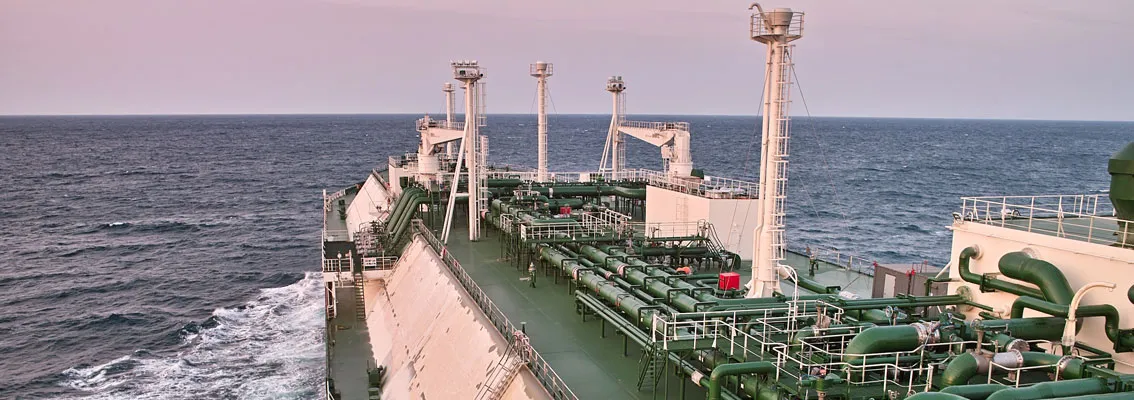As air emission requirements are becoming more stringent, one possible solution for reduced emissions is to use LNG as fuel for shipping. However take-up of LNG as ship fuel in Europe is still at an early stage. DNV GL has provided a report for the EU [1] providing recommendations on how to address barriers to wider adoption. By November 2016 all member states have to submit national policy frameworks for the implementation of the EU alternative fuels Directive; the report’s recommendations are a useful aid in this.
Two key barriers to take-up of LNG as ship fuel are the gaps in the legislative or regulatory framework, and the lack of harmonized standards. DNV GL has undertaken an analysis and evaluation identifying the remaining gaps for completing an EU-wide framework for marine LNG distribution, bunkering and use. The report is part of the high profile “Study on the completion of an EU framework on LNG-fuelled ships and its relevant fuel provision infrastructure” commissioned by the European Commission, Directorate-General for Mobility and Transport (DG MOVE).
DNV GL’s report builds on a study commissioned by EMSA [2]. It provides an overview of currently applicable standards, rules and regulations governing the maritime LNG supply chain, a gap analysis identifying the gaps in the current regulatory framework in order to make LNG bunkering and LNG fuelled vessels feasible in the EU, a set of recommendations addressing the gaps identified, and an impact assessment of the prioritized recommendations and actions.
“DNV GL’s assessment of the existing rules, standards and guidelines shows that from a legal point of view, there are no remaining major showstoppers for the use of LNG as fuel - both for seagoing vessels and inland waterway vessels – nor for the deployment of LNG bunker facilities,” says Martin Layfield, global segment leader of the Gas Value Chain, DNV GL – Oil & Gas.
“In November members states will have to submit their national policy frameworks using the report’s recommendations. DNV GL has advised the EU to implement a low/ moderate harmonization scenario as the most workable policy option which will enable members states to transpose the Directive on alternative fuels with a ‘light touch’. This will reduce effort in implementation, delays and administrative burden while still enabling standardization,” he continues.
“The next three decades will see substantial increase in energy demand. At the same time, a big part of the world expects the energy to be greener, more reliable and more affordable. This is what we refer to as the energy ‘trilemma’. Natural gas has a key role to play in the future energy mix and Europe will continue to be a significant import hub for LNG,” says Liv Hovem, regional manager, Continental Europe, North and East Africa for DNV GL – Oil & Gas.
“DNV GL is already driving harmonization through a Recommended Practice for LNG bunkering and is well placed to support member states as well as port authorities and the wider industry with guidance on adopting the guidance into their own legislation, in much the same way as we are doing with the industry on the EU Offshore Directive,” she continues.
DNV GL has recently published a “Recommended Practice for Development and Operation of LNG Bunkering Facilities”, the first industry guidance on securing a high level of safety, integrity and reliability in the design and operations of LNG bunkering facilities”.
DNV GL also contributed to the EU report on Creating Awareness on LNG Risks and Opportunities, with PwC as main contributor.
- DNV GL was the primary advisor to the report (90%) with PwC as subcontractor (10%). The report Analysis and evaluation of identified gaps and of the remaining aspects for completing an EU-wide framework for marine LNG distribution, bunkering and use is available here.
- The EMSA report, published in February 2013, described the existing rule framework related to LNG bunkering provided a gap analysis of missing rules for bunkering LNG and related aspects were identified. DNV GL’s objective was to analyze, further evaluate and propose solutions to the identified gaps and barriers based the findings of the EMSA study and the evolutions since.
